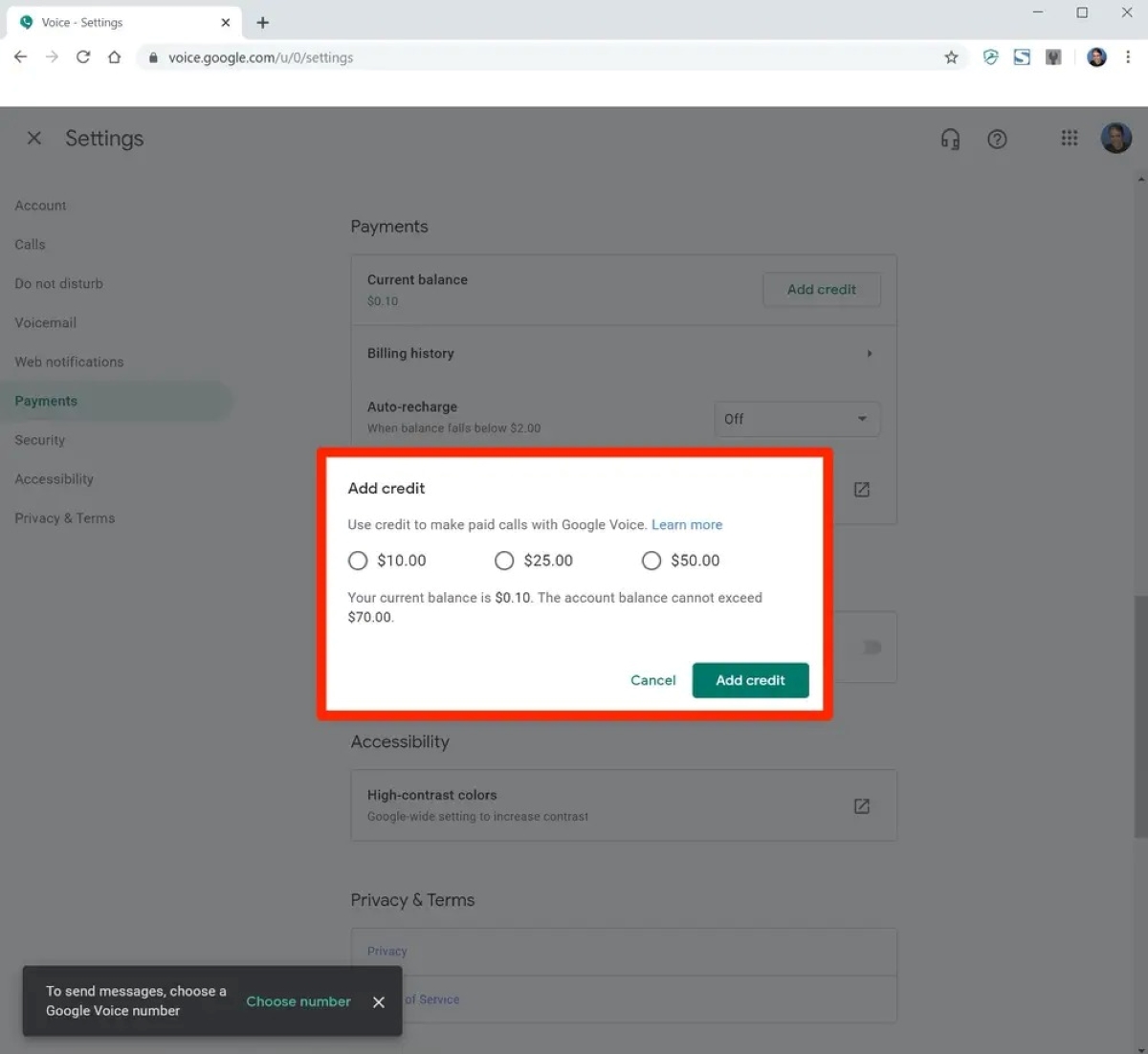

Finance
Takeover Artist Definition
Published: February 5, 2024
Discover the meaning of a takeover artist in finance and how they strategically navigate the financial landscape to acquire or control businesses. Learn more about this influential role in the world of finance.
(Many of the links in this article redirect to a specific reviewed product. Your purchase of these products through affiliate links helps to generate commission for LiveWell, at no extra cost. Learn more)
Understanding the Art of Takeovers in the Financial World
When it comes to the world of finance, there are various strategies and techniques that companies employ to enhance growth and profitability. One such strategy is a takeover, which involves one company acquiring another. In this blog post, we will delve into the world of takeovers and discuss the fundamentals of this finance buzzword.
Key Takeaways:
- Takeovers are a strategic move by companies to gain a competitive edge and expand their market presence.
- There are different types of takeovers, including friendly takeovers, hostile takeovers, and leveraged buyouts.
What is a Takeover?
A takeover is a corporate action where one company acquires control over another by buying its assets or shares. The acquiring company, often referred to as the “acquirer” or the “predator,” takes control of the target company, known as the “target” or “prey.” Takeovers can be friendly, meaning they are agreed upon by both parties, or hostile, where the target company is opposed to the acquisition.
Takeovers are not limited to a specific market or industry. They can occur in various sectors, such as technology, healthcare, finance, and more. The motive behind a takeover is usually to gain a competitive advantage, expand market share, access new technologies or geographic markets, or achieve synergies and cost savings.
Types of Takeovers
Takeovers can take different forms. Here are some common types:
- Friendly Takeovers: Friendly takeovers occur when the acquiring and target companies agree on the terms of the acquisition. Both parties collaborate and negotiate the deal to mutual benefit.
- Hostile Takeovers: In contrast, hostile takeovers happen when an acquiring company bypasses management and directly approaches the target company’s shareholders to acquire their shares. This type of takeover is usually met with resistance from the target company’s board.
- Leveraged Buyouts: Leveraged buyouts (LBOs) involve a company’s management or a group of investors acquiring a controlling stake in a company using a significant amount of debt. The debt is often secured against the target company’s assets, and the future cash flows generated by the acquired business are used to repay the debt over time.
Conclusion
Takeovers can be complex and strategic moves in the finance landcape. They can bring growth opportunities, improved market position, and enhanced synergies between companies. Understanding the different types of takeovers and their implications is crucial for investors, executives, and anyone interested in the finance world.














